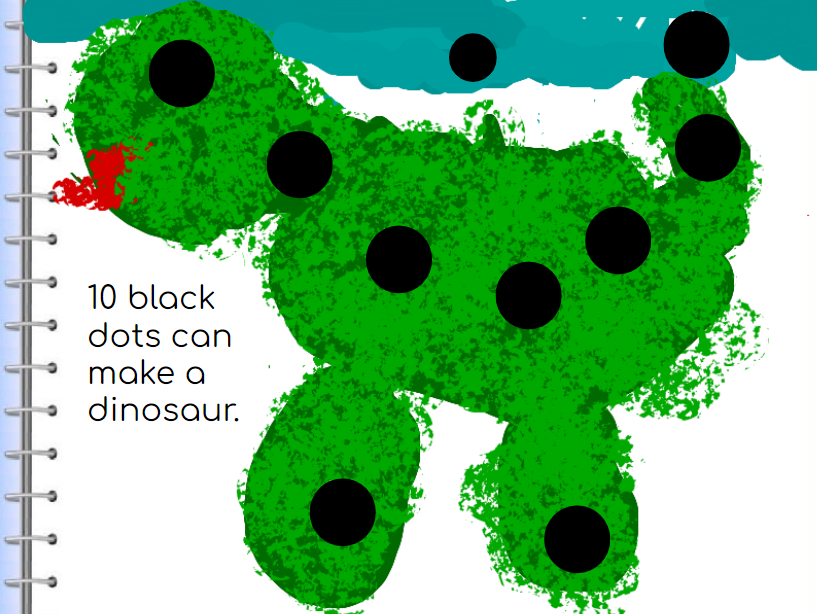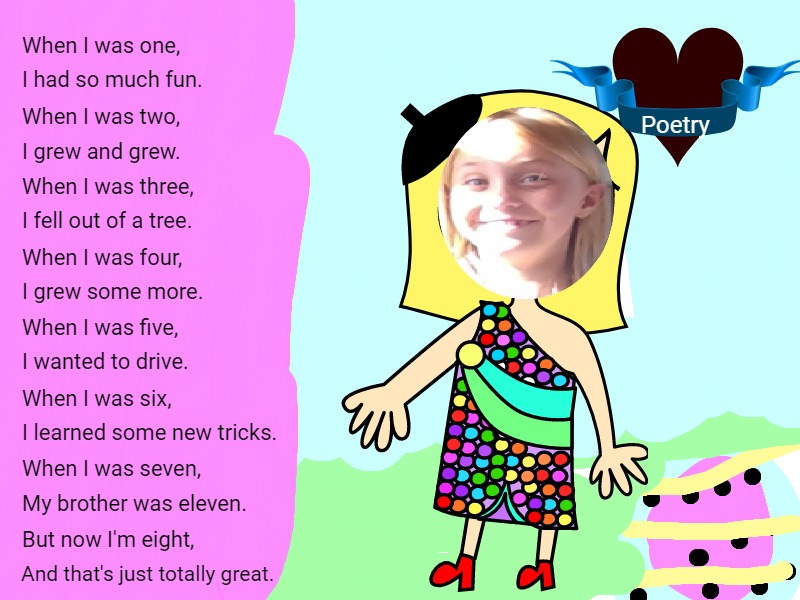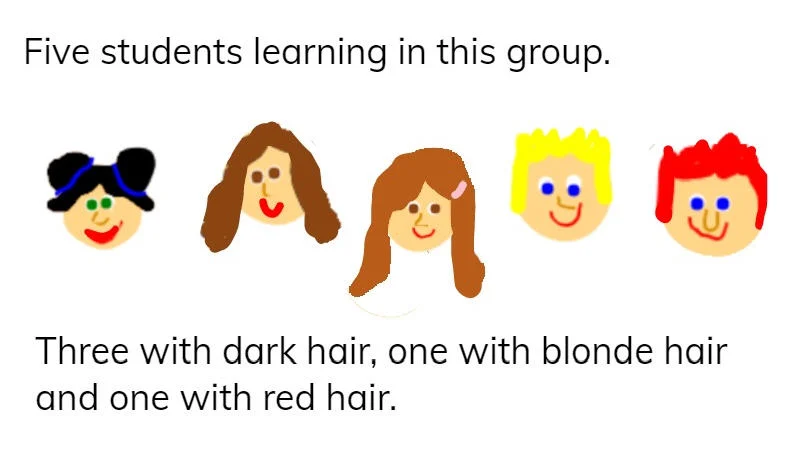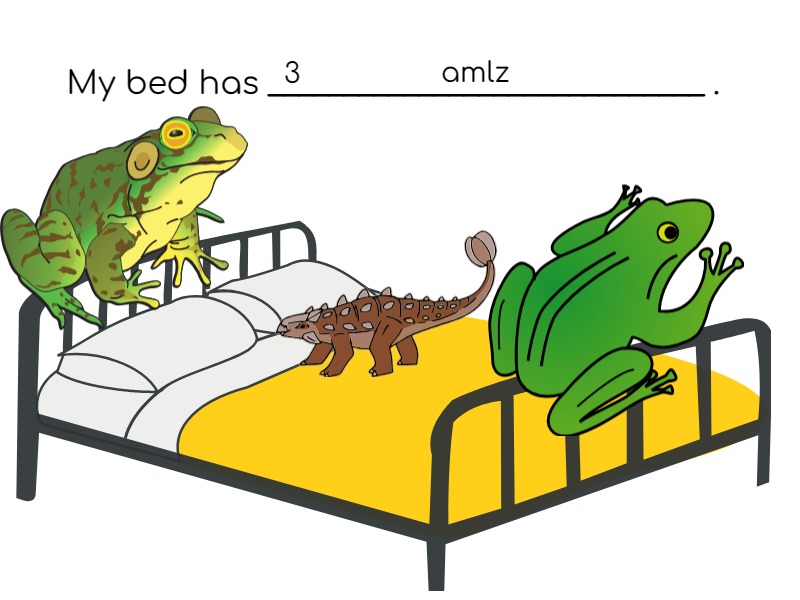
Tell stories to build number sense and data skills

Data is changing our world. While our youngest learners are just learning to count and write, they still need to build strong foundations for working with data. To help get them ready for future work in data science, focus on collecting and visualizing data.
“If you can't explain it simply, you don't understand it well enough.“ — Albert Einstein
Use the following children's books as the basis for powerful storytelling that gets students to count, measure, and analyze information.
In this fun text by Donald Crews, the reader sees dots incorporated into objects as they count from one to ten. For example:
"2 dots can make the eyes of a fox, or the eyes of keys that open locks."
After reading the story, ask students to use dots to create an object, illustrate it, and tell their own story.

In this story, Eric Carle describes the interactions of a grouchy ladybug and the other animals it meets, always saying, "Want to fight?" Most often teachers read this story in the classroom to discuss our feelings and our actions towards others, but you can use it to help students analyze time.
Begin by working with students to identify the animal the grouchy ladybug meets each hour of the day. Then, ask students to identify an activity they do at a specific time each day.
Have students draw a picture of the activity and identify the time using a clock. Then, have each student share their work and find classmates who chose the same time to discuss the similarities and differences in their experiences.
Older students can use this book as a model for a grouchy animal story that not only identifies the time something occurred, but the elapsed time between events!
In Now We Are Six, A.A. Milne shares this poem:
Use this fun rhyming structure to have students describe their real, remembered, or imagined experiences.

Five Creatures, by Emily Jenkins, is a great way to introduce students to data visualization. In this fun story, Jenkins describes a family of five (two cats and three people) by comparing things they have in common and things they do not. For example:
"Five creatures live in our house. Three with orange hair, and two with gray. Two with long hair, three with short."
Ask individual students to create their own data story about their family. First, they need to define the creatures (humans and pets) in their family. Then, identify traits they have in common and compare them. Have students write a sentence for each trait and create an illustration to help the reader.
This also makes a great get-to-know-you project for back-to-school or collaborative work. Ask a small group to collect data on their team members to create a 5-creatures-style project about the attributes of each member.

This helps students find and celebrate commonalities and differences amongst their peers.
It's easy to turn your favorite stories into counting and data visualization activities for young learners. For example, almost every student has sung "Five Little Monkeys (Jumping on the Bed)."

You might also consider data stories created from classroom favorites like:
To use with your students, simply come up with a sentence stem or idea to get students to see the data in the world around them.

Follow us on Instagram for daily inspiration

Create a thought web, cluster, flowchart, or other graphic organizer for a lesson
8 first projects to get students using technology
Creative, digital book reviews
Fun and powerful ideas with animated characters

Wixie
Share your ideas, imagination, and understanding through writing, art, voice, and video.

Rubric Maker
Create custom rubrics for your classroom.

Pics4Learning
A curated, copyright-friendly image library that is safe and free for education.

Wriddle
Write, record, and illustrate a sentence.

Get creative classroom ideas delivered straight to your inbox once a month.
Topics